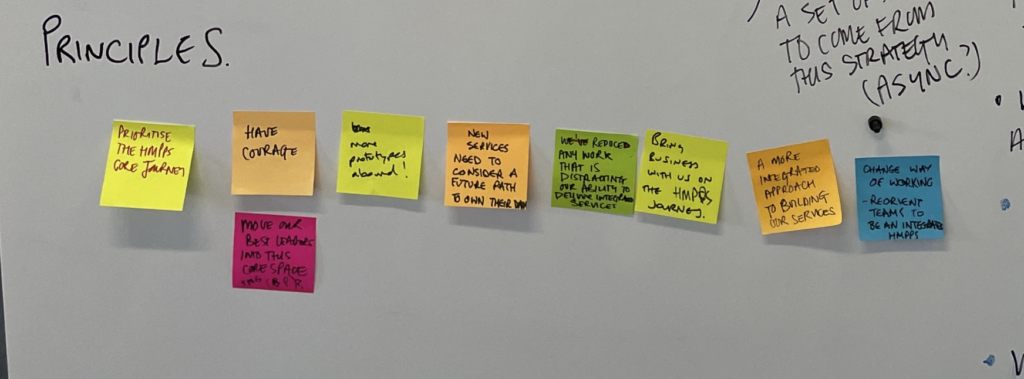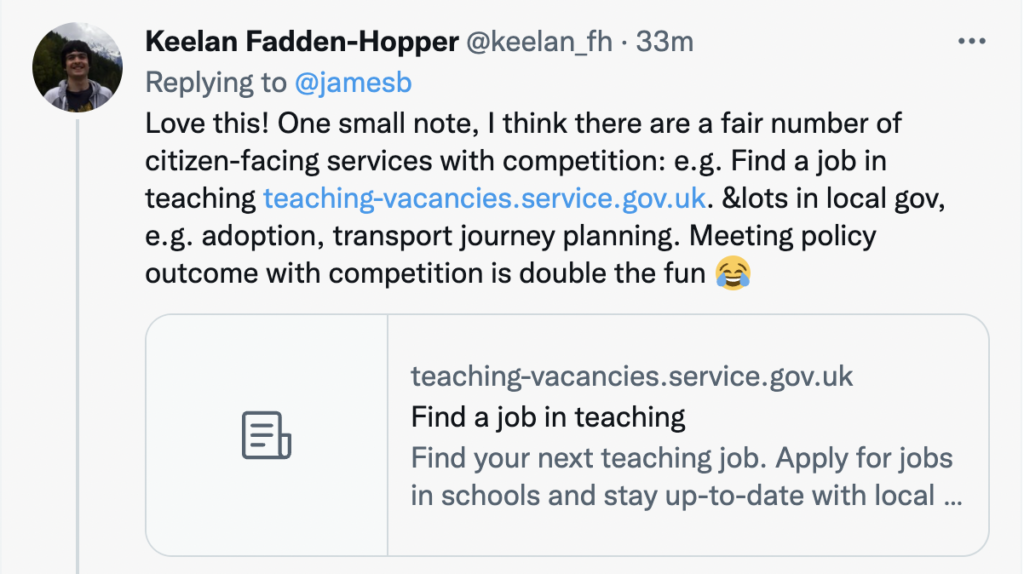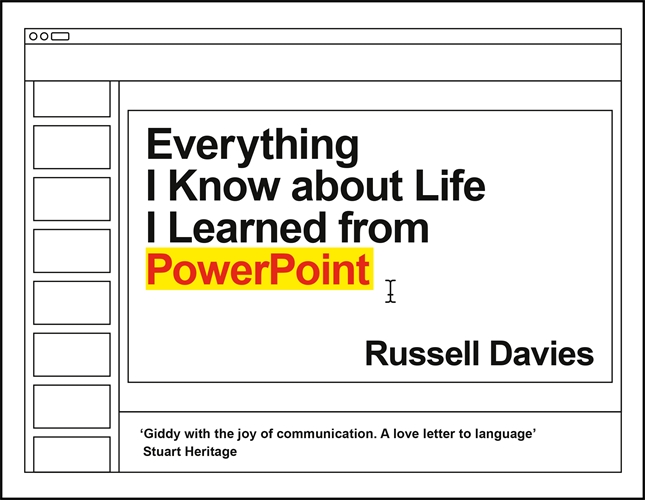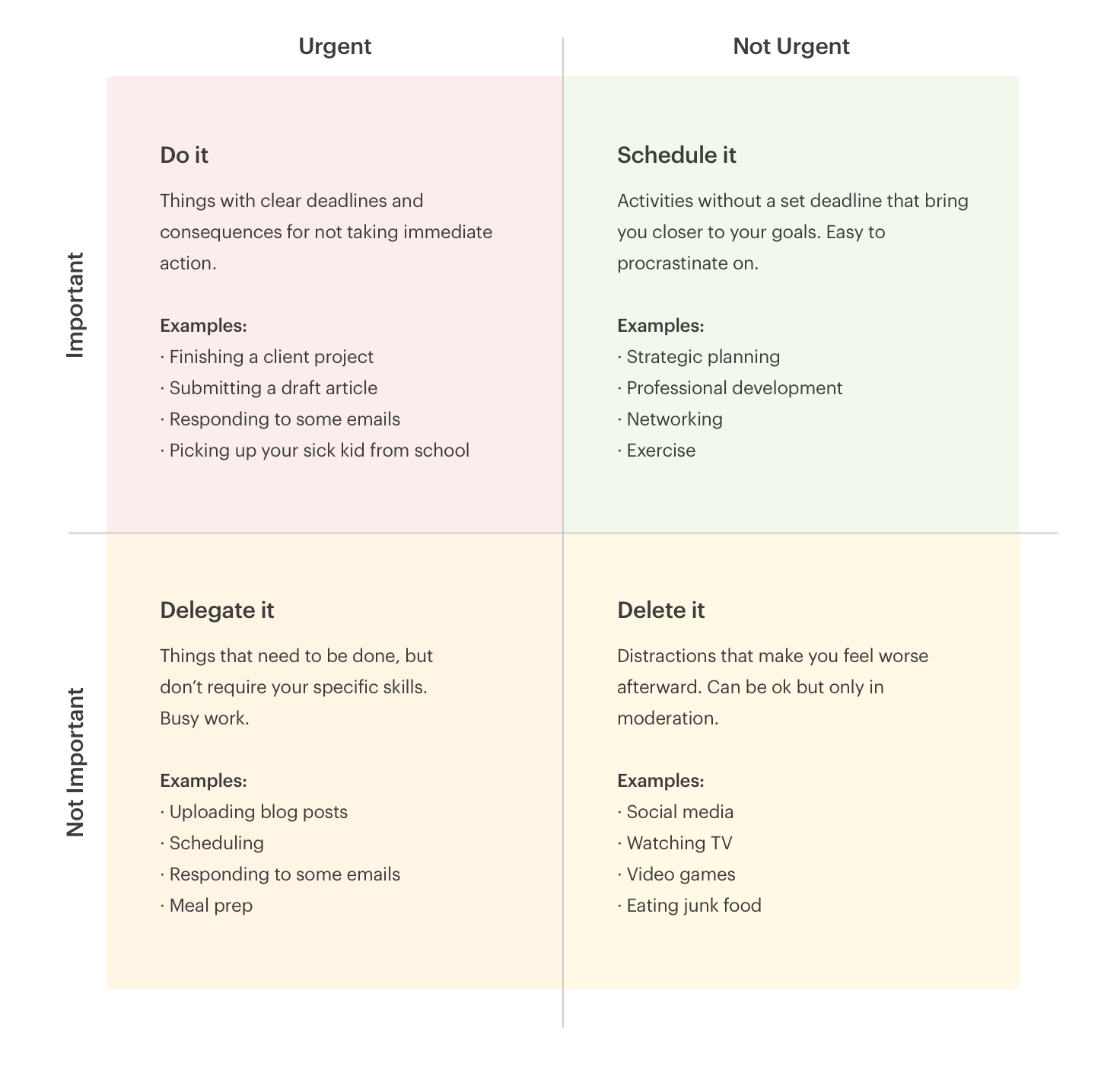
I’m leaving the MoJ at the end of August. I’ll have been there 3yrs and 7mths, the last 2 and a half years doing the job of a Service Owner responsible for delivering new digital services for Assessments and Interventions. These two service areas are fascinating. In fact probation and HMPPS as a whole is fascinating: how we manage people who have committed a crime and support them to lead healthier, happier lives is fraught with all kinds of practical issues, and moral and ethical dilemmas.
The work we’ve done in Probation has been exhausting and exhilarating. We’ve delivered the first major new digital service called Refer and Monitor an Intervention, which provides over 10,000 new transactions (referrals) a month, and created a model for digital service delivery in an organisation that hadn’t had any significant digital investment, ever. The front line staff and management teams across the country do an incredible job, and it’s been so very satisfying to build digital services that strip away paperwork, allow for better decision making and reduce rekeying and faff, enabling staff to get time back to focus on people on probation.
I want a change from the role of Service Owner and to go back to having more day-to-day involvement in the product and the team(s). I’ve missed the satisfaction of meeting a user need, solving a technical issue, and identifying the best way to deliver value. And sometimes you just need a new pair of shoes (or crocs 🙂 ), and a change. My cycle for change tends to be around three years, so I’m overdue a move.
Over the next two months I’m going to be working part-time at MoJ completing the product strategy for Probation (with Phil and Emma) and I’ll be looking for Snr / Lead Product Manager roles or contracts to start in September. Holla if you might need to fill a role like that.
Can I help?
In the meantime, I’d like to meet new people and help companies and teams with product and user research advice, consultancy and training:
- Developing your proposition and product-market fit
- Creating a product strategy, to most effectively meet your goals
- Jobs to be Done and understanding the things your customers want (and how to prioritise them)
- Setting up teams to successfully do Discovery and Alpha phases of work
I’ve done training and consultancy for the likes of Coop, Booking.com, IDEO, Bulb, as well as charities like Comic Relief, as well as bootstrapped my own marketplace, so I believe I can help you, too. The best way to get in touch is via linkedin.









